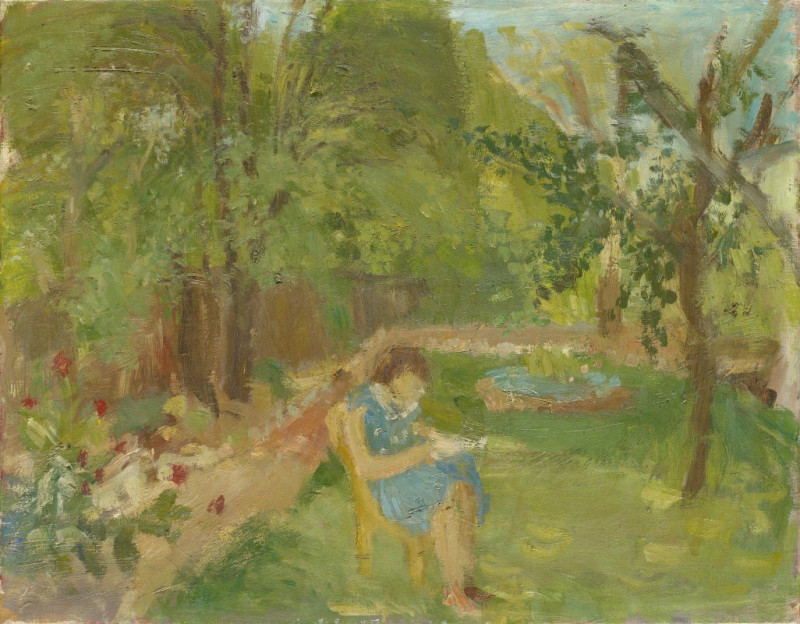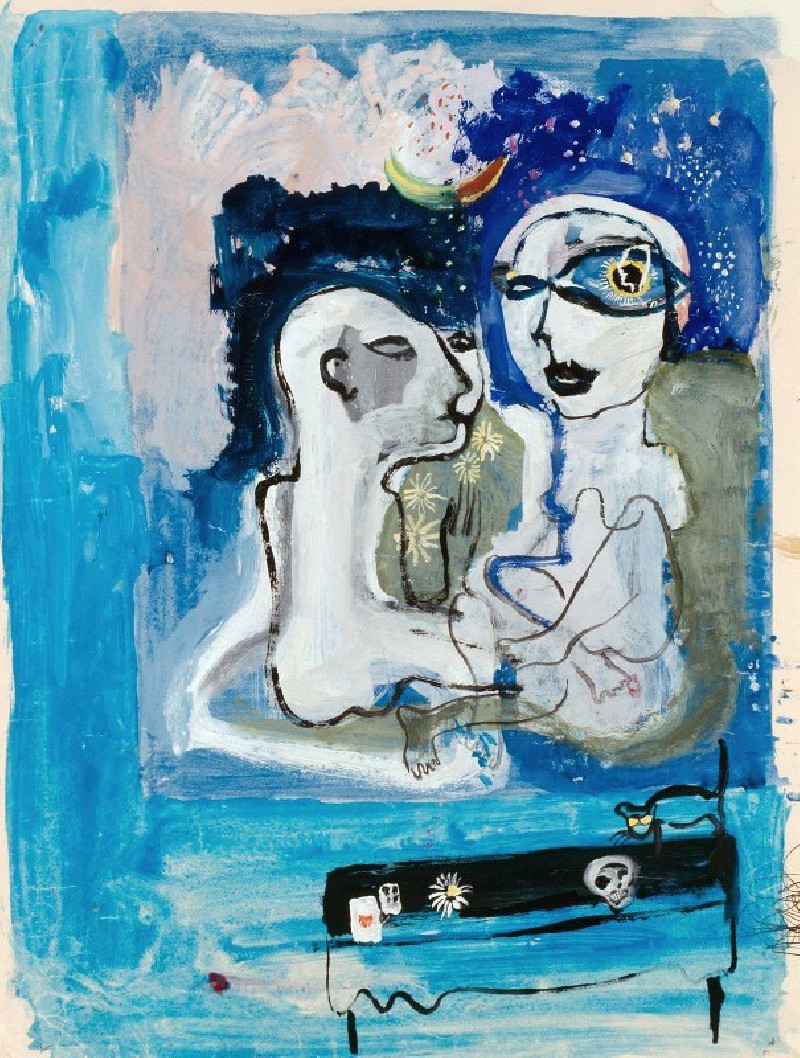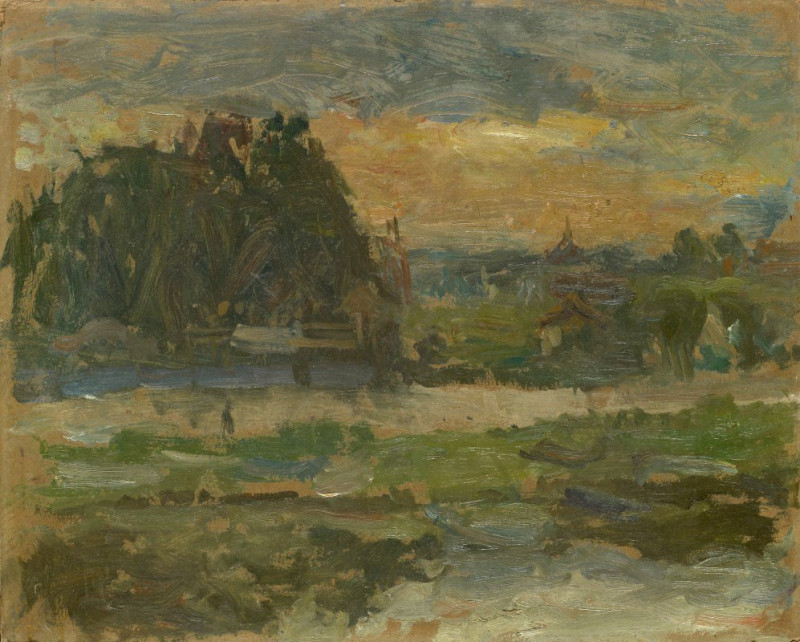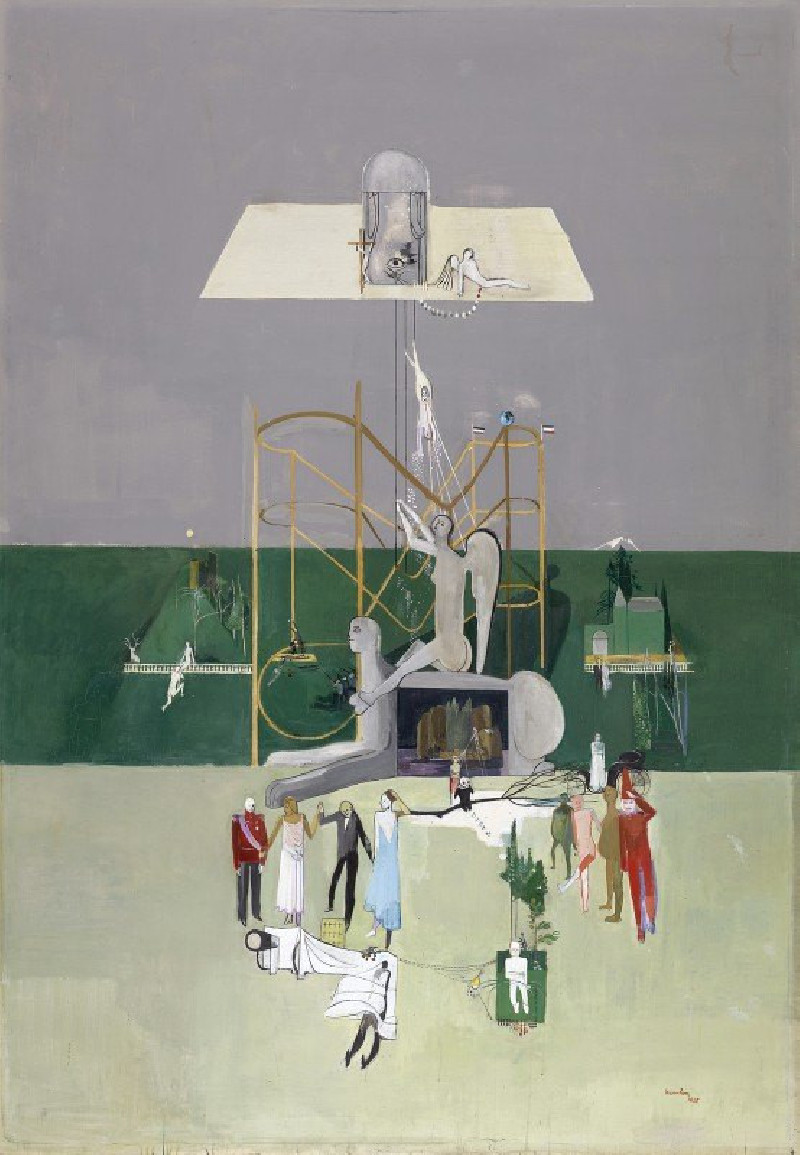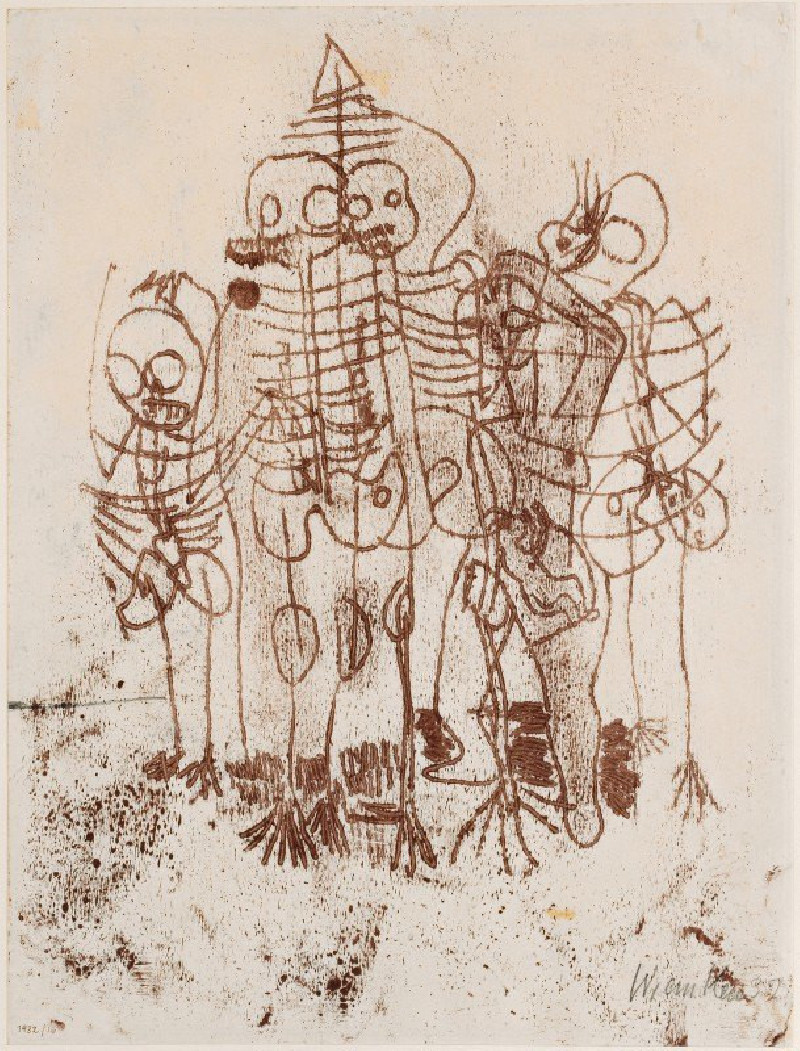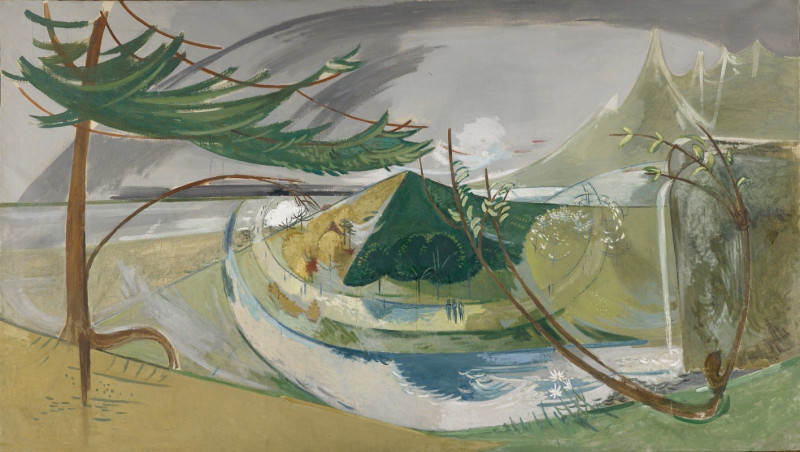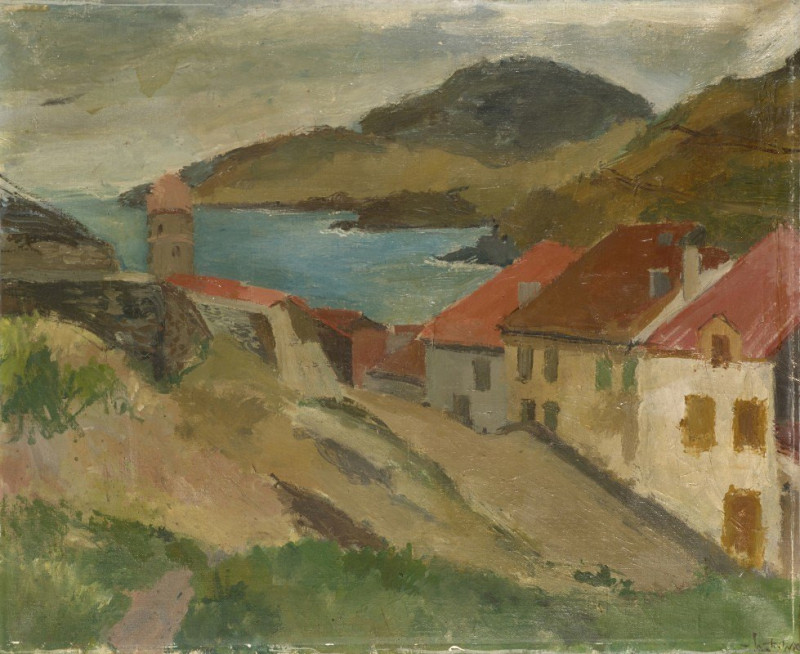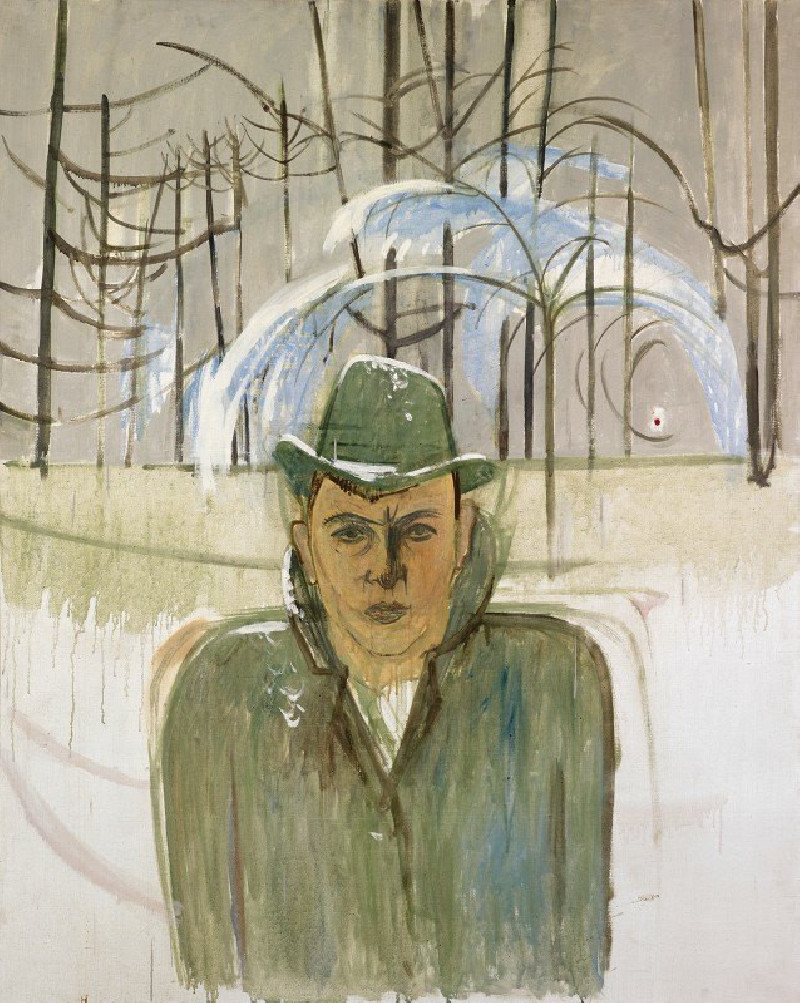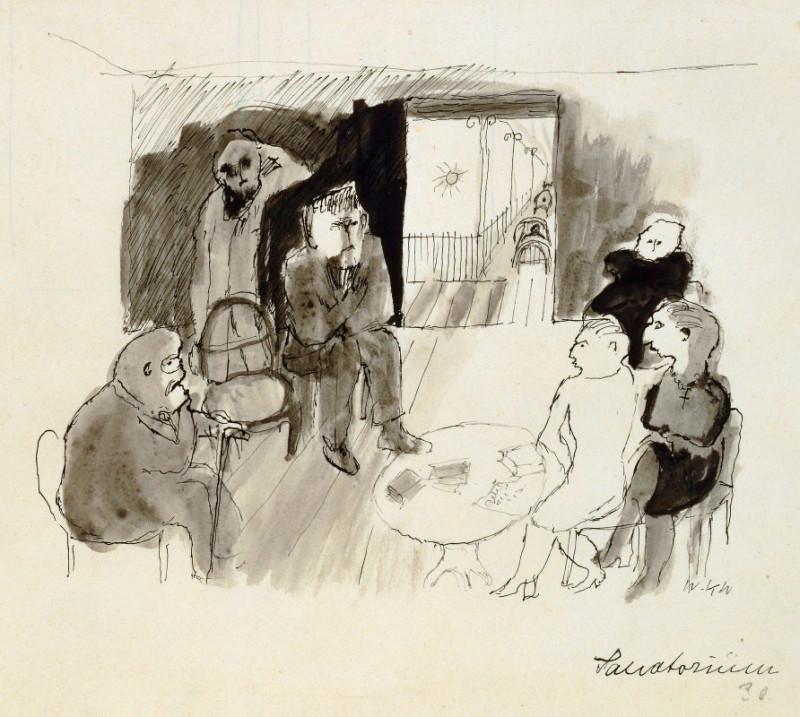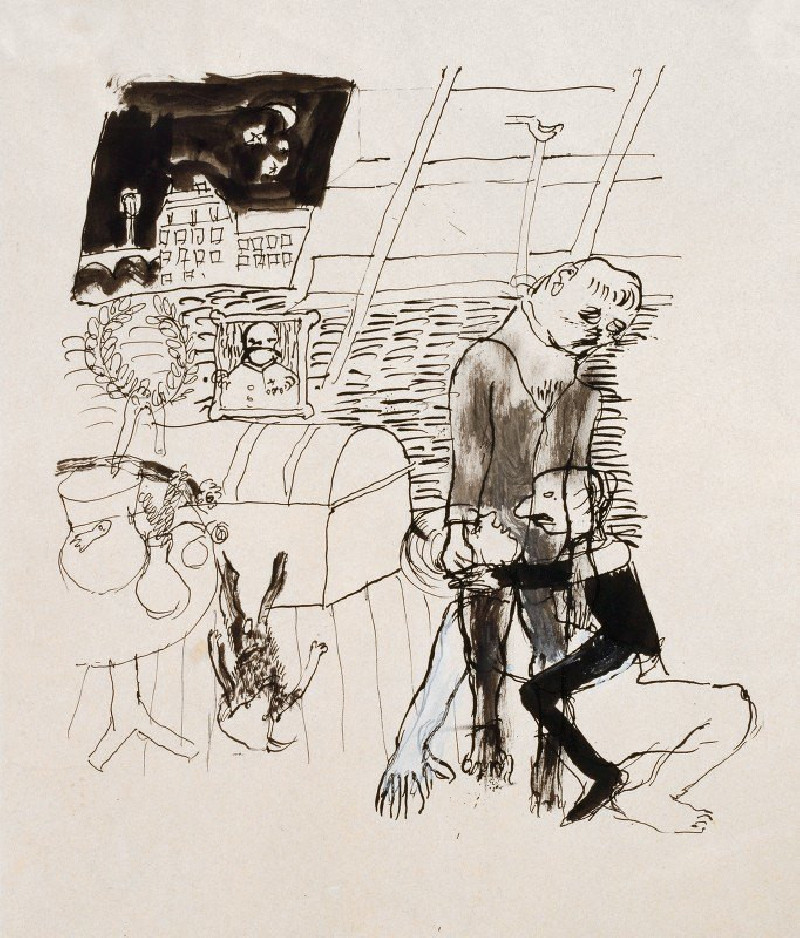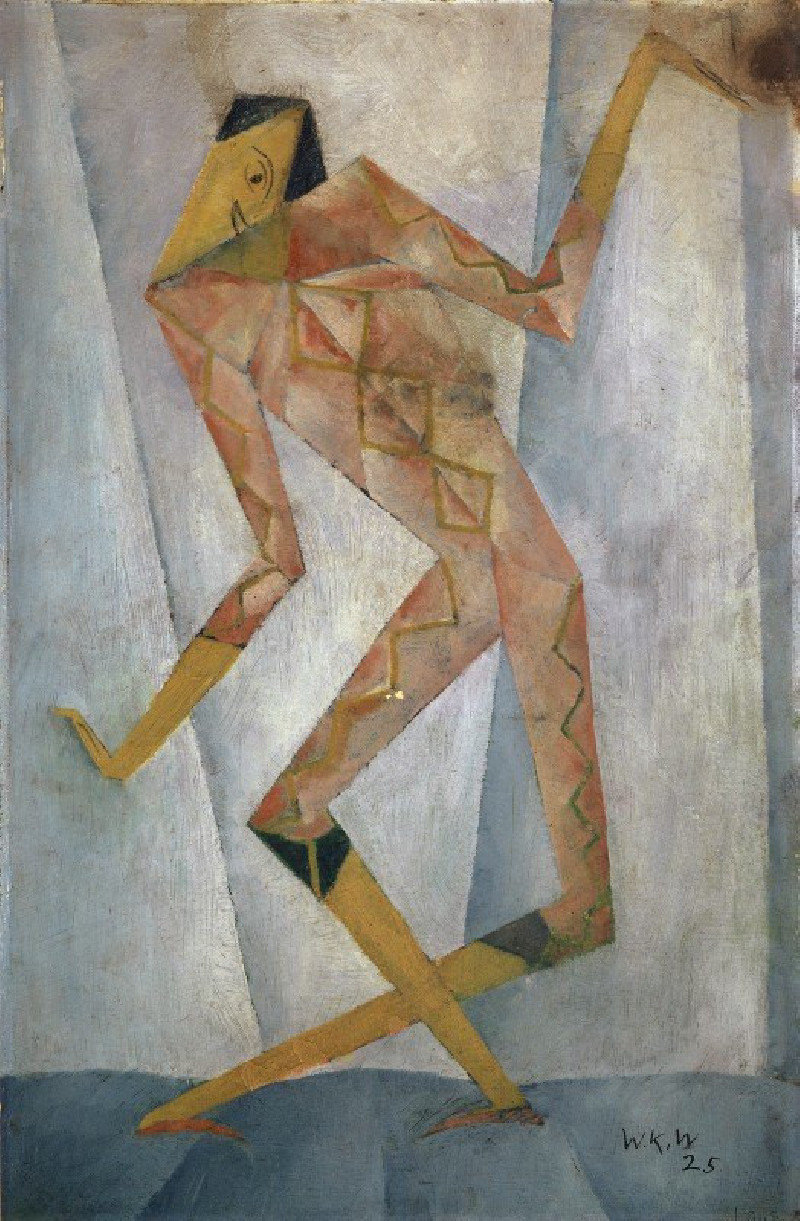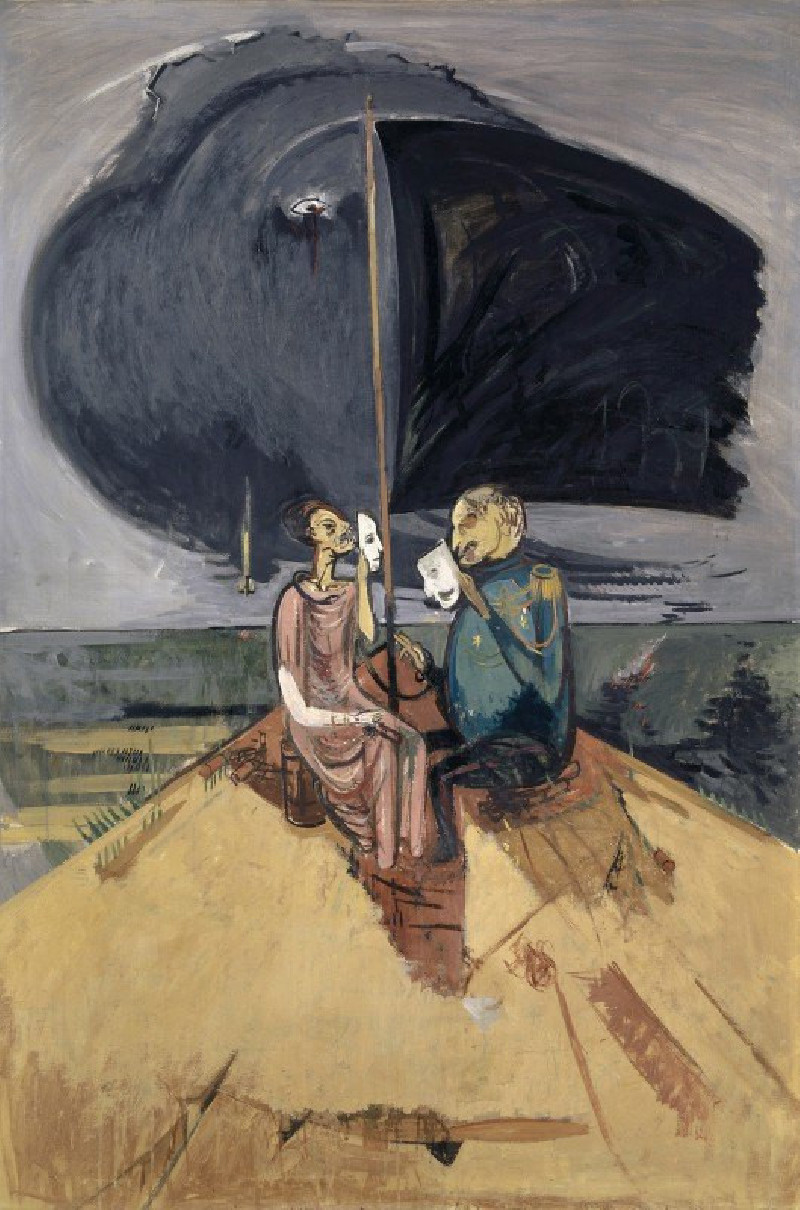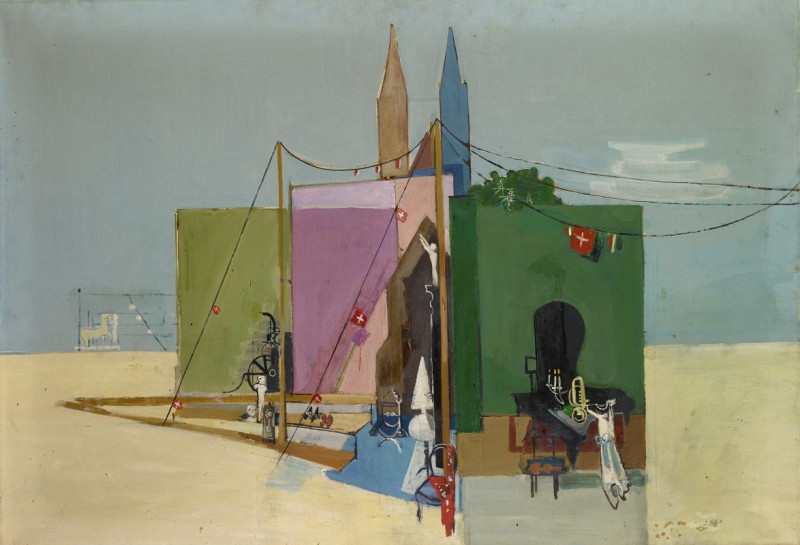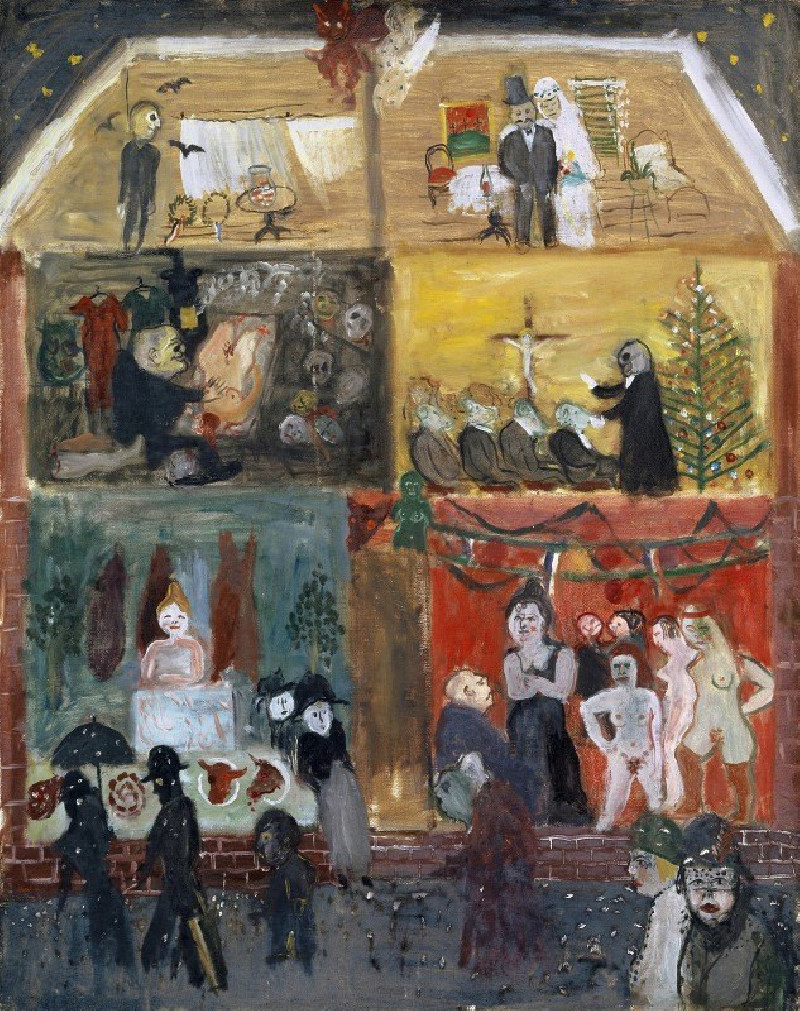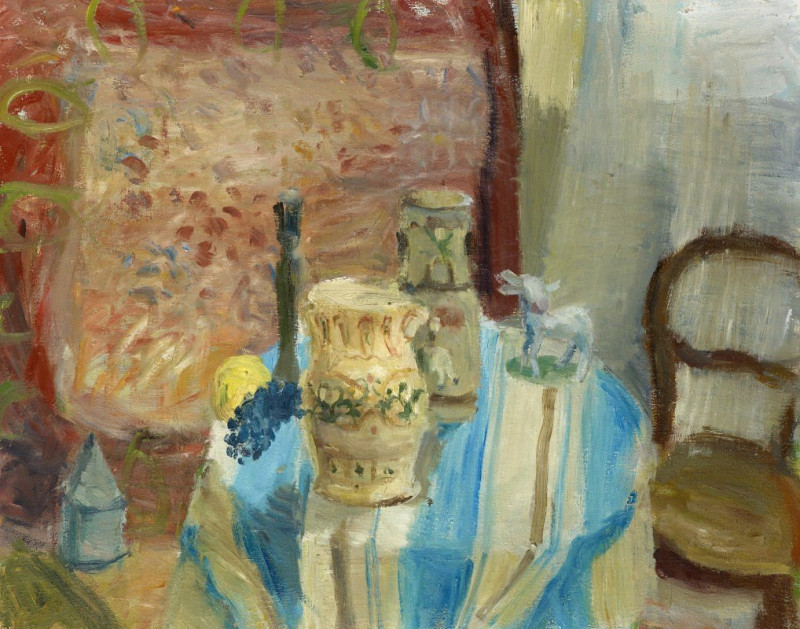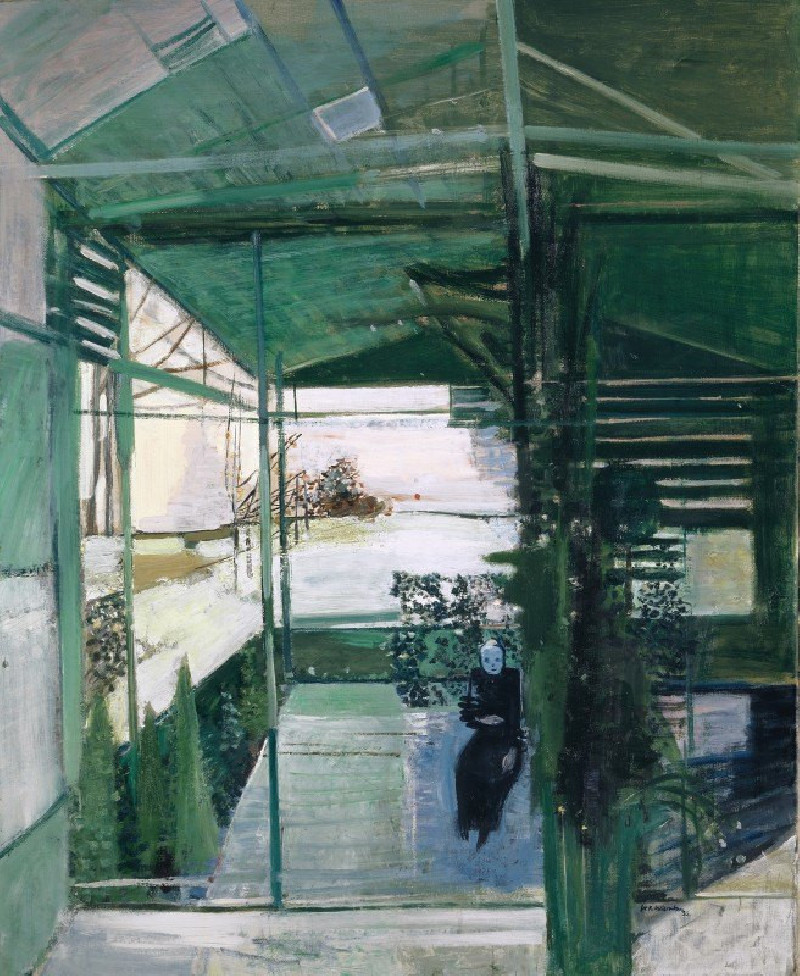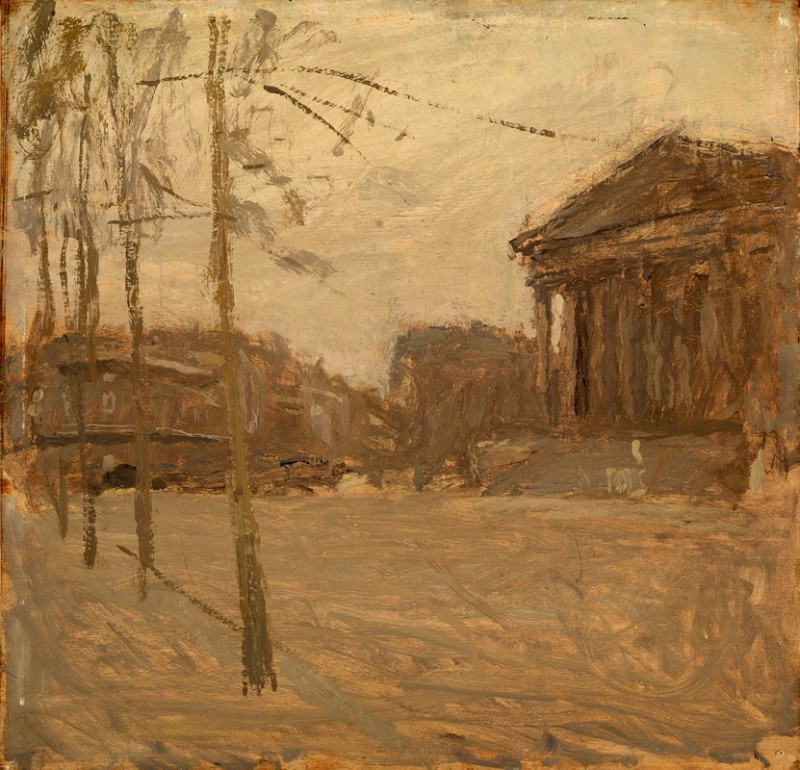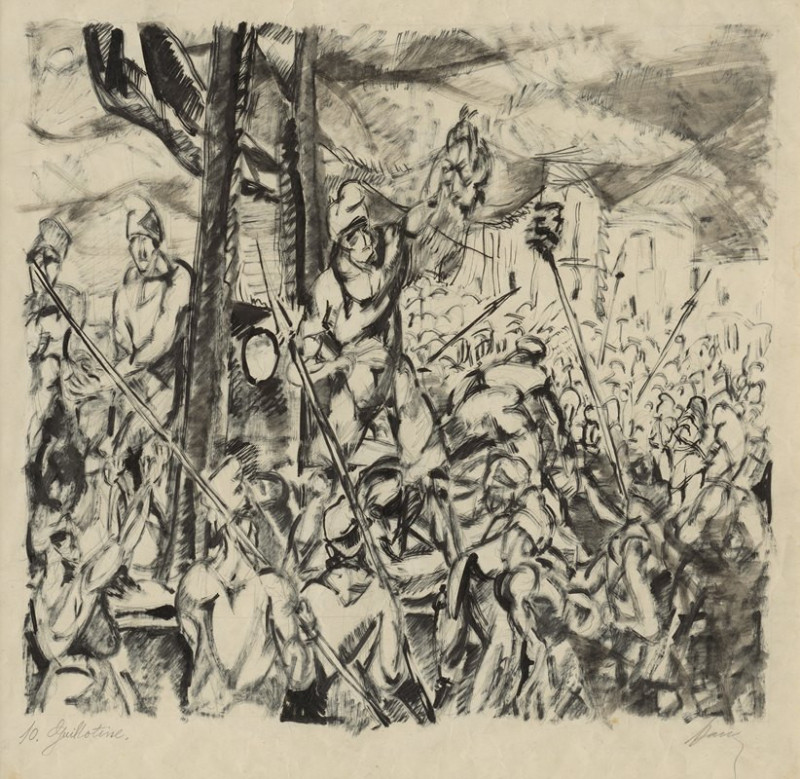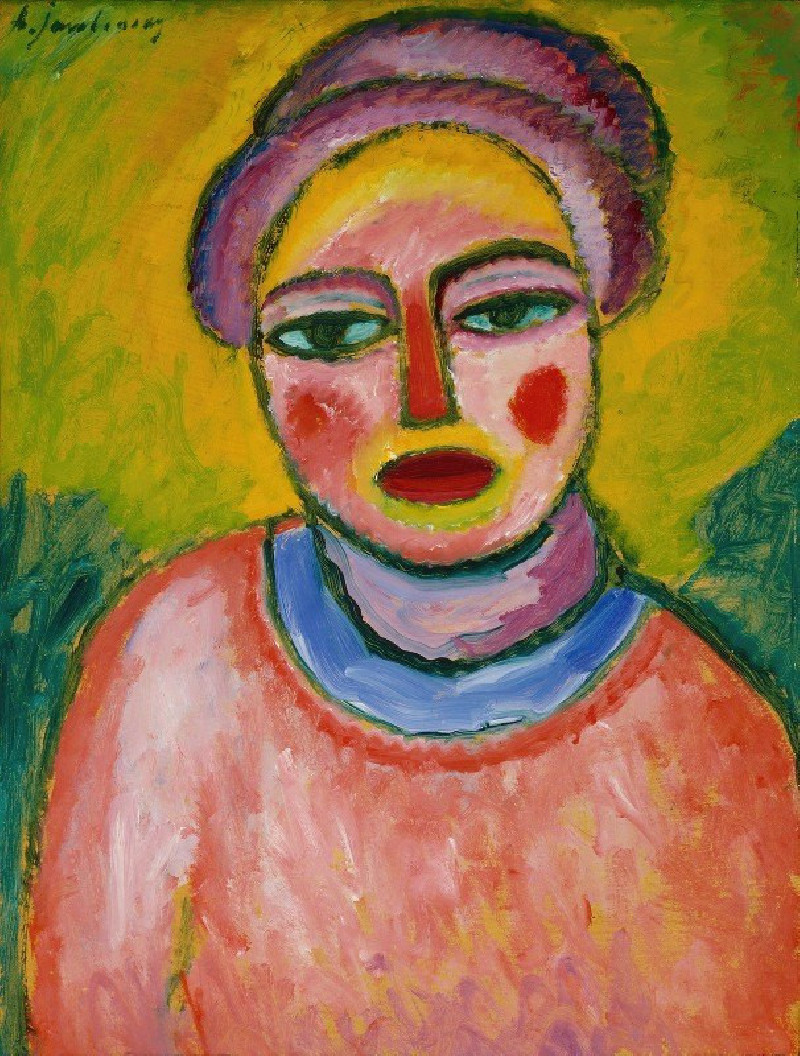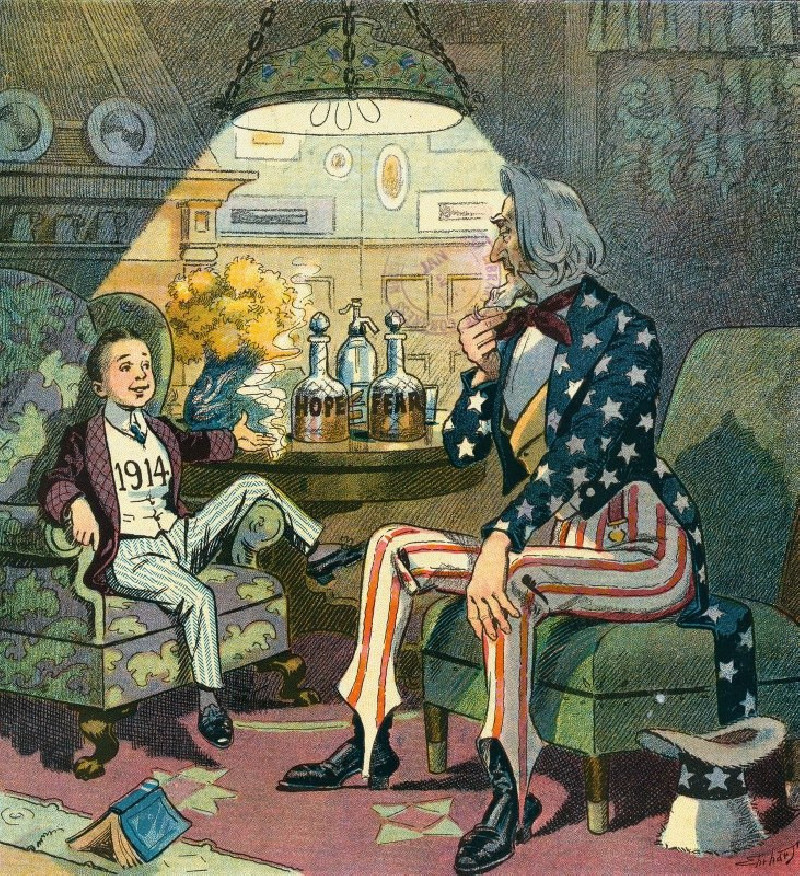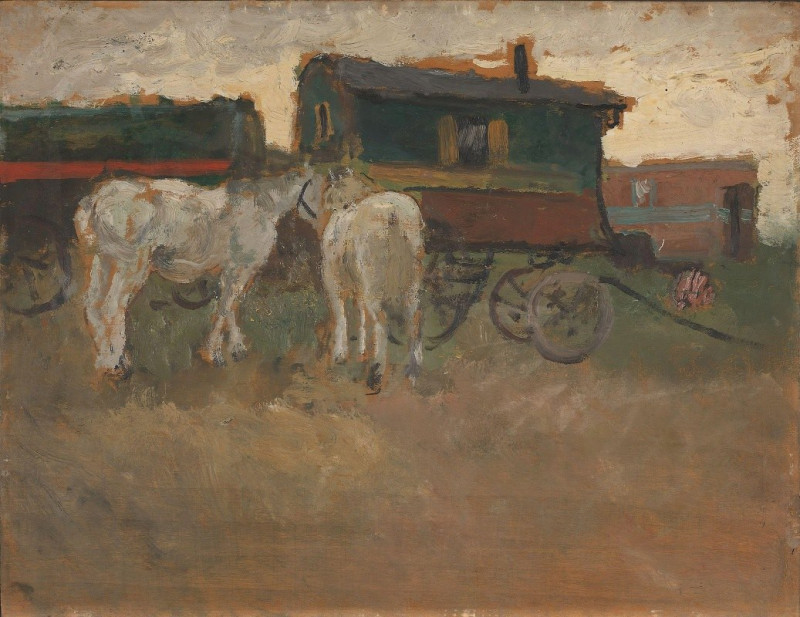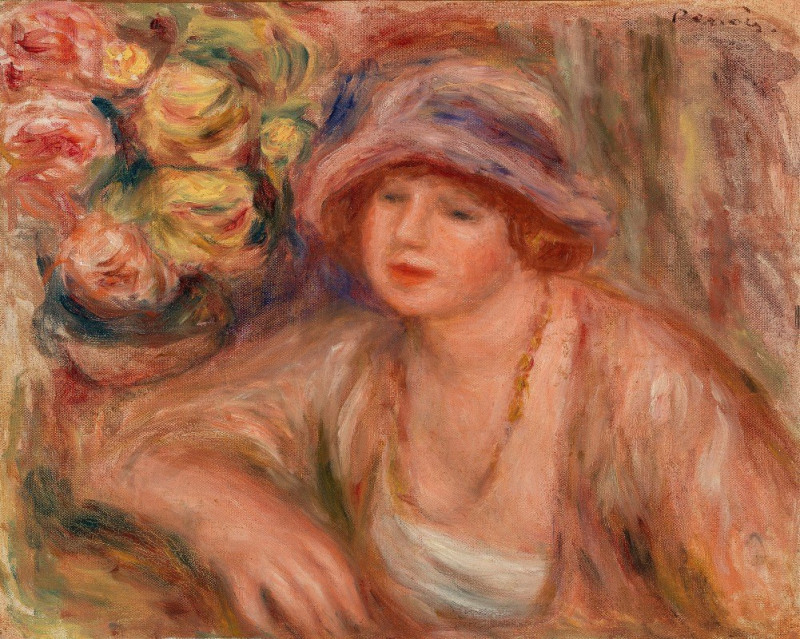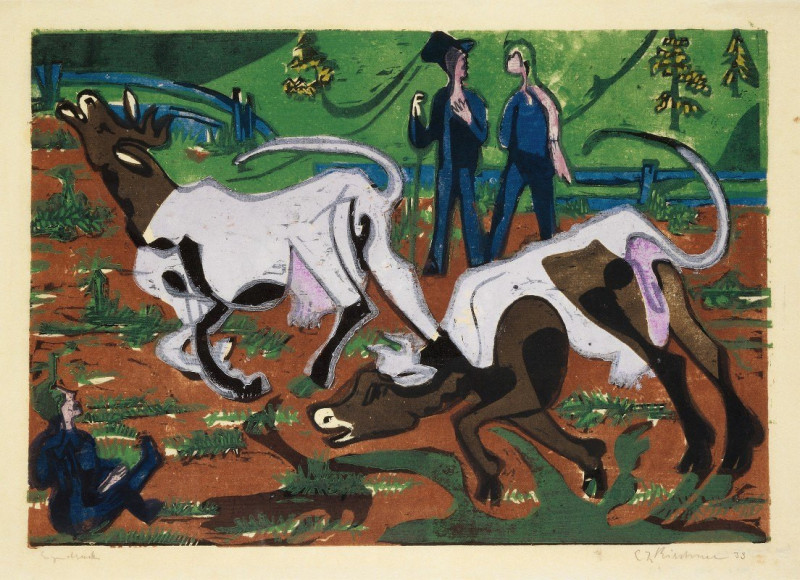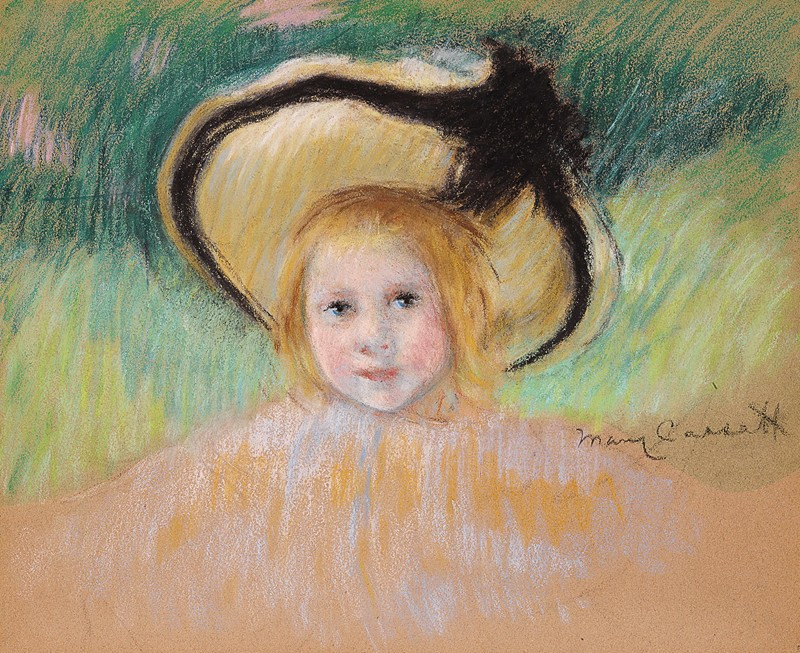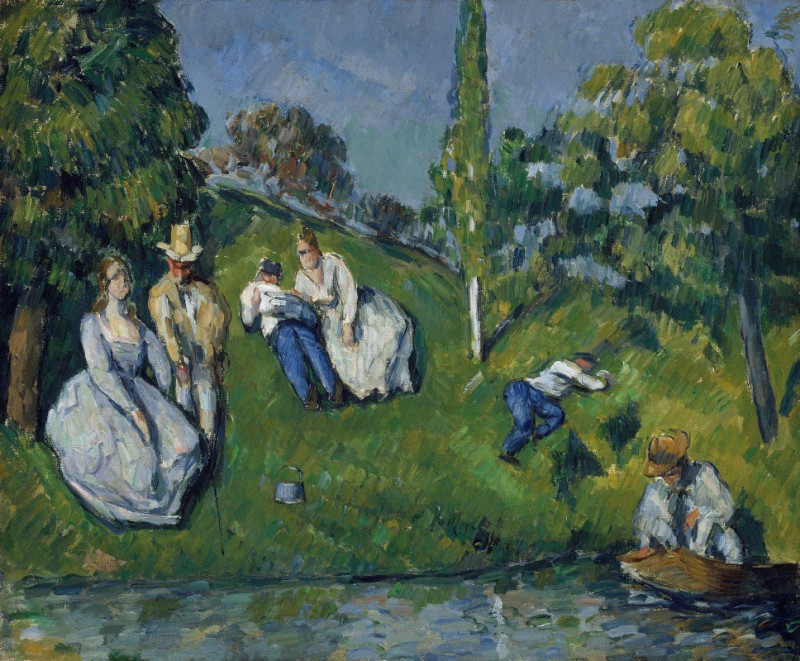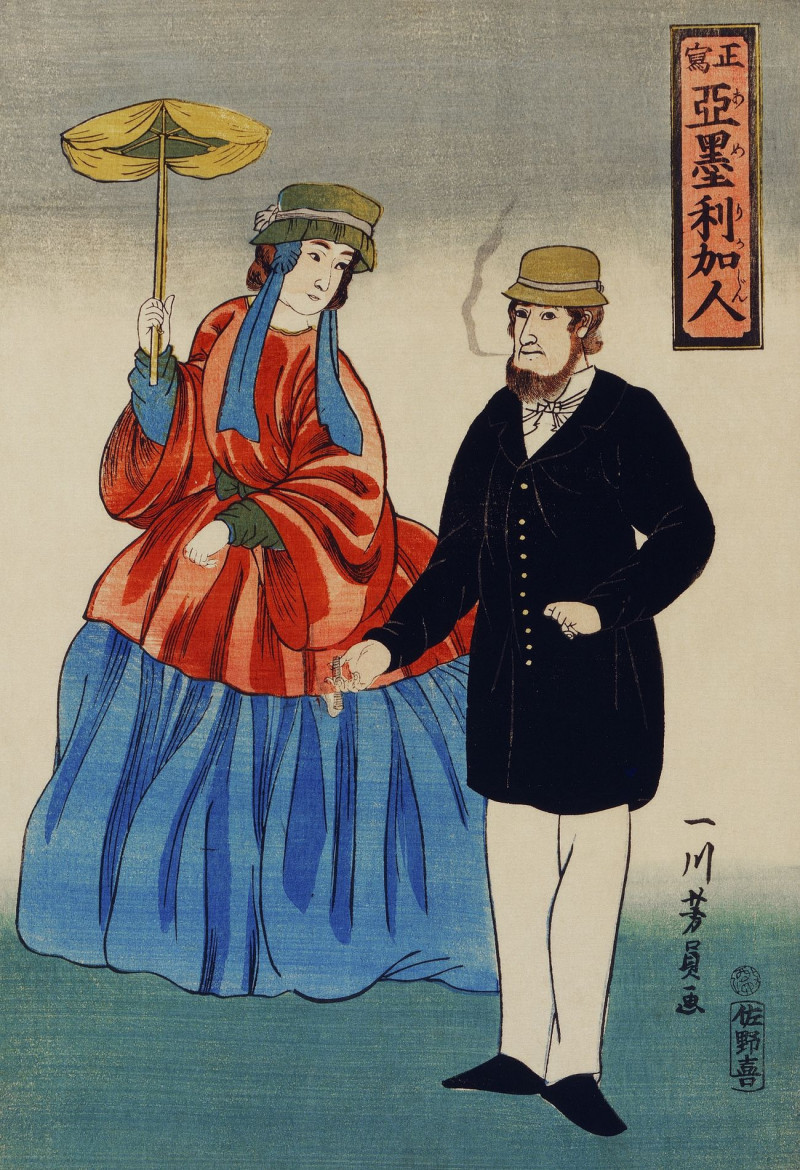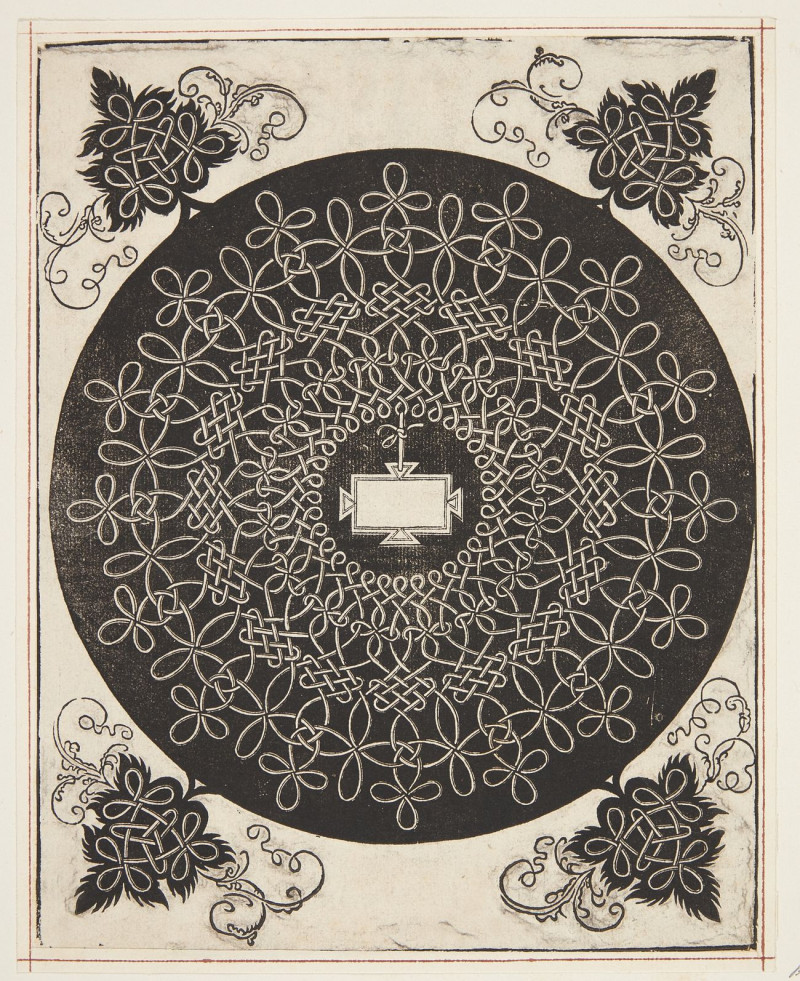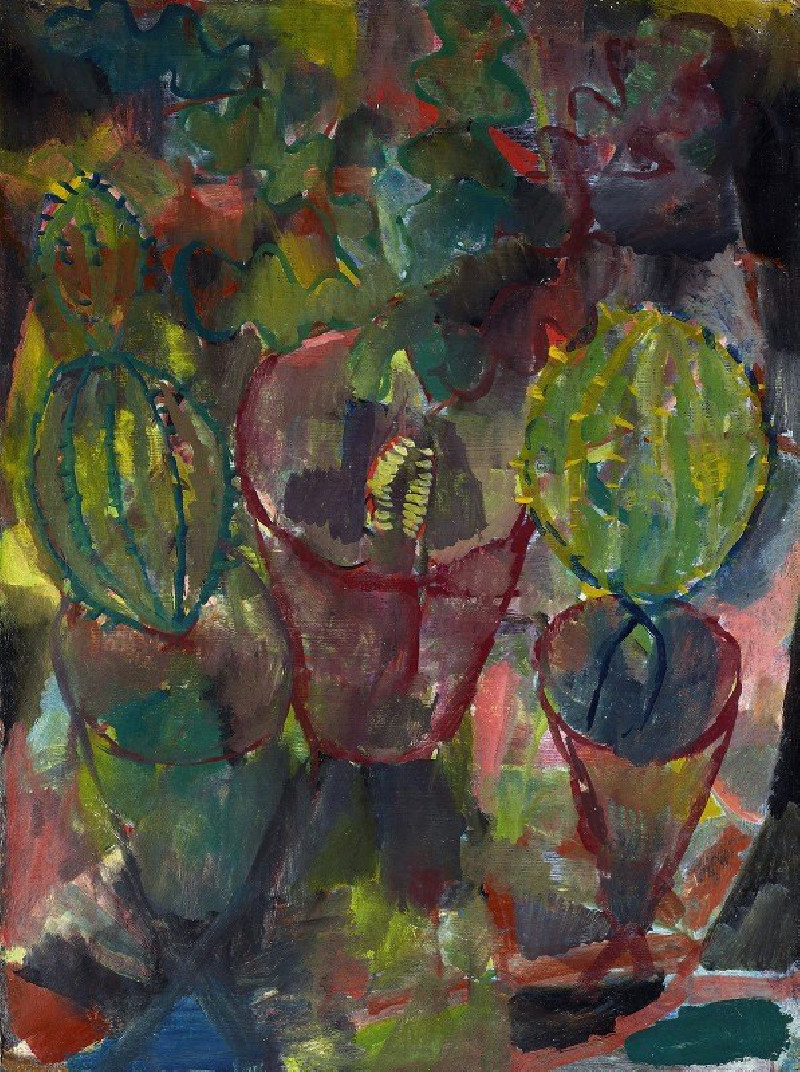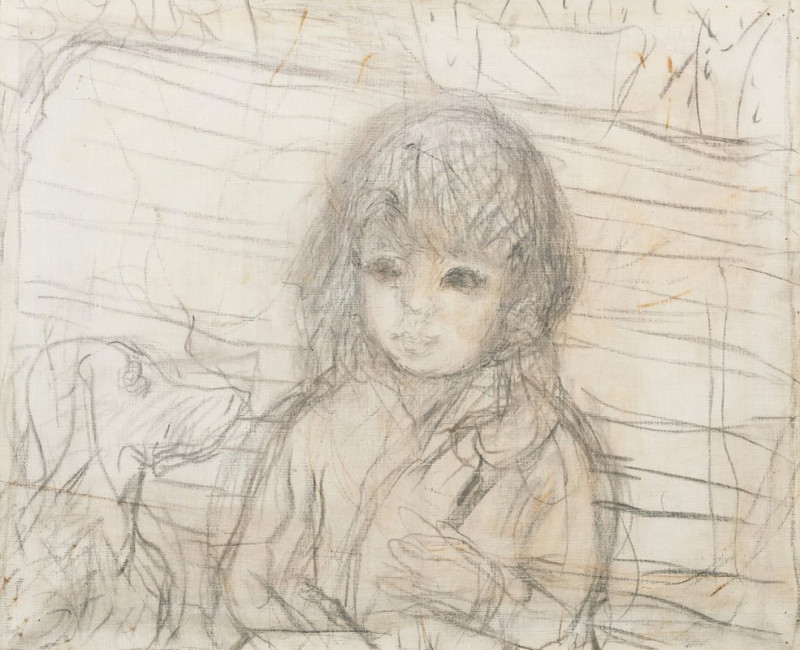Girl in the Garden (1929)
Technique: Giclée quality print
Recommended by our customers
More about this artwork
Immerse yourself in the serene world of Walter Kurt Wiemken’s “Girl in the Garden,” a captivating oil painting that beckons viewers to a simpler, quieter time. Created in 1929, this painting expresses a moment of peaceful solitude within a lush garden landscape. At the heart of the composition sits a young girl, portrayed in a reflective pose, her figure delicately integrated into the surrounding greenery.Wiemken's brushwork skillfully blurs the lines between the figure and the garden, allowing the viewer to feel the gentle union of human and nature. The dense brushstrokes and vibrant greens enhance the sense of depth and richness of the environment, while the subtle, earthy tones of the girl’s dress complement the overall palette of natural hues. Blooming flowers add dashes of color, symbolizing vitality and the fleeting nature of youth.“Girl in the Garden” not only captures the tranquility of a garden in bloom but also evokes a sentiment of introspection and calm.
Delivery
Returns
Walter Kurt Wiemken was a Swiss painter.
Walter Kurt Wiemken was born in 1907. In Basel to German parents, 1898. who have acquired Swiss citizenship. At the age of four months, he contracted polio severely, which left him disabled for life. He lived in his parents' house until his death, where he also established his art studio. His father had a lithography business.

